More than three decades after a baby was found dead inside a trash can in Indiana, the mother has finally been identified – and the father turned out not to be her husband.
In 1994, a newborn girl later dubbed ‘Baby Hope,’ was found stabbed to death inside a trash can by two boys collecting recyclables at Temple Park in Franklin, with police ruling the gruesome discovery a homicide, as reported by WXIN News.
For the next 31 years, the identity of the newborn – where she came from and how she met such a brutal end – remained a haunting mystery.
That changed on Monday, when Franklin Police revealed a small answer to a decades-old mystery: Baby Hope’s mother had been identified as Cheryl D. Larson – a breakthrough made possible through advanced DNA testing and genealogy.
But in a shocking twist, DNA results revealed that the baby’s father was not Larson’s husband at the time of the infant’s death, but rather a man named Paul Shepard.
Shepard claimed he was ‘completely unaware’ that Larson – with whom he had a brief relationship with – was pregnant, let alone carrying his child.
‘Mr. Shepard continues to struggle with the grief which has exacerbated his health conditions and from which he can find no relief,’ a written statement read, as reported by Daily Journal.
‘The very thought that a child fathered by him was subjected to such evil is one he cannot escape from,’ it added.
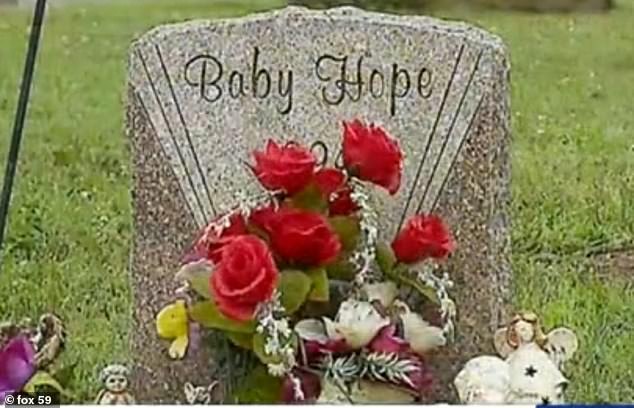
More than three decades after a baby was found dead inside a trash can in Indiana , the mother has finally been identified – and the father turned out not to be her husband (pictured: ‘Baby Hope’s’ headstone)
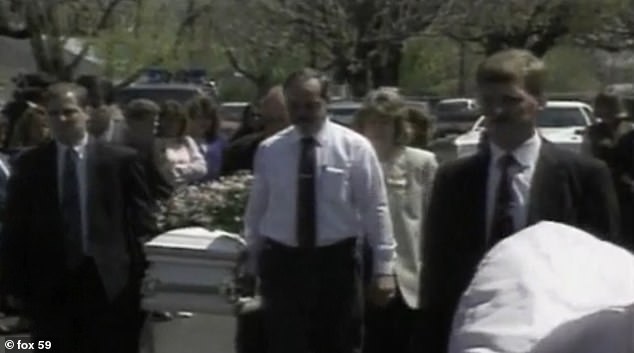
In 1994, a newborn girl, later dubbed ‘Baby Hope,’ was found stabbed to death inside a trash can by two boys collecting recyclables at Temple Park in Franklin, with police later ruling the gruesome discovery a homicide (pictured: funeral in 1994)
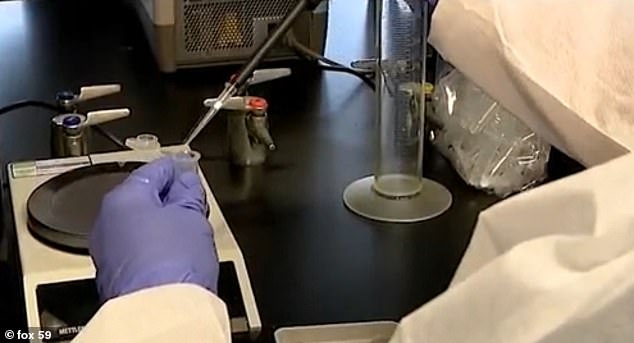
On Monday, Franklin Police revealed a small answer to a decades-old mystery: Baby Hope’s mother had been identified as Cheryl D. Larson – a breakthrough made possible through advanced DNA testing and genealogy
On April 13, 1994, two boys digging for aluminum cans to recycle at Temple Park made the grim discovery – the body of Baby Hope, who was clearly stabbed just hours after her non-clinical birth.
An initial investigation yielded no answers, but the heartbroken community gave the newborn a proper funeral and buried her in Greenlawn Cemetery, as they patiently waited for the truth to emerge.
But not even a sliver of answers about Baby Hope’s violent and tragically short life emerged – until the case was reopened in 2019.
With fresh eyes, advanced technology, and a preserved DNA sample from Baby Hope, investigators began searching public DNA databases – excluding private ones like 23andMe – in an effort to identify the baby’s biological parents, WXIN reported.
With the help of the Indiana State Police Crime Lab and dedicated detectives, the identification process succeeded, revealing Baby Hope’s biological mother to be Cheryl Larson, who would have been around 31 at the time of her daughter’s death, Daily Journal reported.
Investigators discovered that at the time, Larson and her then-husband, Richard, lived near the park where the newborn was tragically discarded.
However, the investigation hit a roadblock when it was revealed that Larson had passed away in 2018 – just a year before the case was reopened.
Nevertheless, this new piece of information gave the case fresh momentum, eventually leading authorities to uncover that Larson’s husband in 1994 was not Baby Hope’s father.
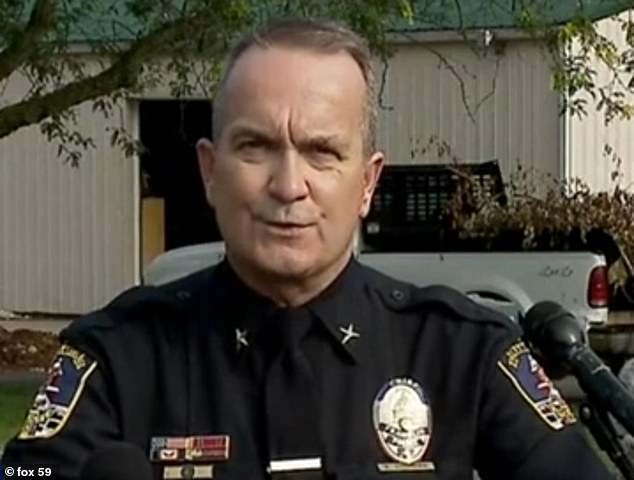
In a shocking twist, DNA results revealed that the baby’s father was not Larson’s husband at the time of the infant’s death, but rather a man named Paul Shepard, who was ‘completely unaware’ about the pregnancy (pictured: Chief Kirby Cochran)
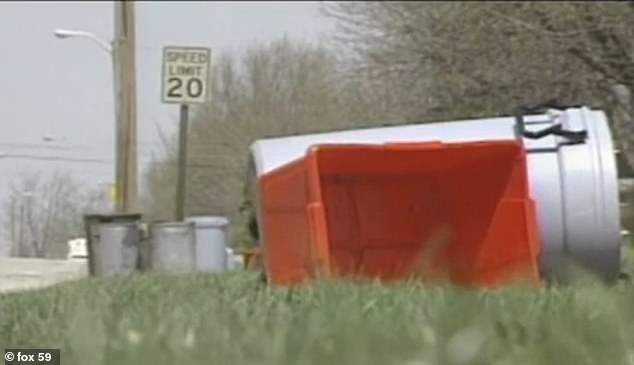
On April 13, 1994, two boys digging for aluminum cans to recycle at Temple Park made the grim discovery – the body of Baby Hope, who was clearly stabbed just hours after her non-clinical birth
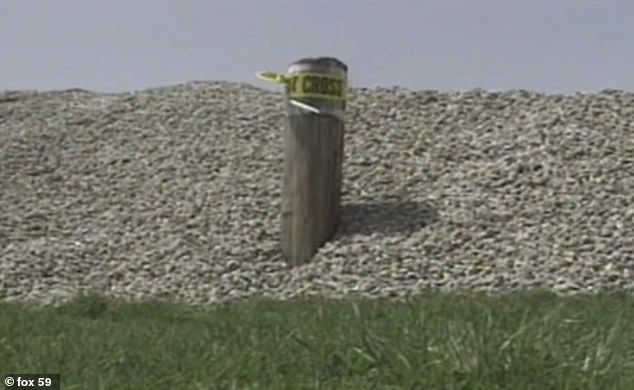
The case was reopened in 2019, and, with the help of the Indiana State Police Crime Lab and dedicated detectives, it was revealed Baby Hope’s biological mother to be Cheryl Larson, who would have been around 31 at the time of her daughter’s death
From there, detectives interviewed Larson’s friends and neighbors from three decades ago – including Paul Shepard, who cooperated fully and willingly provided a DNA sample.
It was at that point that Shepard – who claimed to have a short-lived relationship with Larson – was determined to be the father of the murdered newborn.
Upon learning the news, Shepard was described as ‘shocked and grieved’ to discover he had a daughter he never knew existed – and to hear of her tragic fate.
He was given the chance to name her and fittingly chose Hope Shepard, honoring the name the grieving Franklin community had long bestowed upon her.
An excerpt of his written statement read: ‘Please understand the anguish this causes him and his family and the pain any discussion of the matter brings. He has no answers which shed any light on the murder of his child and no relief from the grief he endures from the unknown,’ WXIN reported.
Unfortunately, investigators were unable to determine Larson’s level of involvement in Baby Hope’s violent death, and no criminal charges have been filed in the case to date.
However, authorities noted that could change if new information comes to light.
‘This is not a closed case,’ Lt. Chris Tennell, investigations commander for Franklin PD, said during Monday’s press conference, as reported by the outlet.
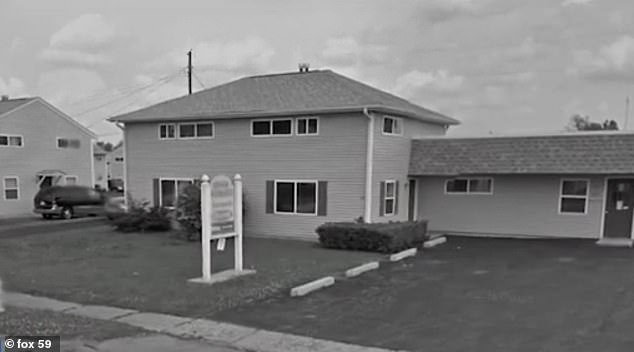
Investigators discovered that at the time, Larson and her then-husband, Richard, lived near the park where the newborn was tragically discarded (pictured)
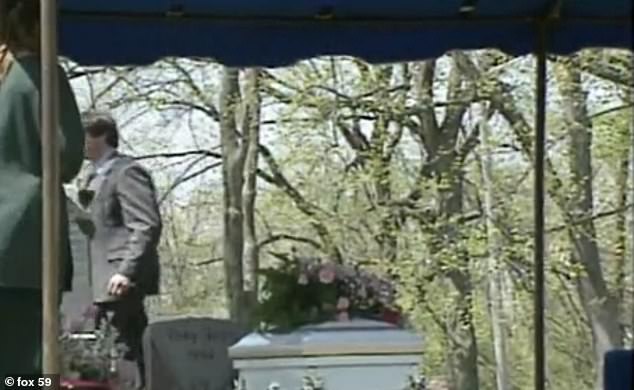
It was discovered that Shepard – who claimed to have a short-lived relationship with Larson – was determined to be the father of the murdered newborn and was ‘shocked and grieved’ to hear the news
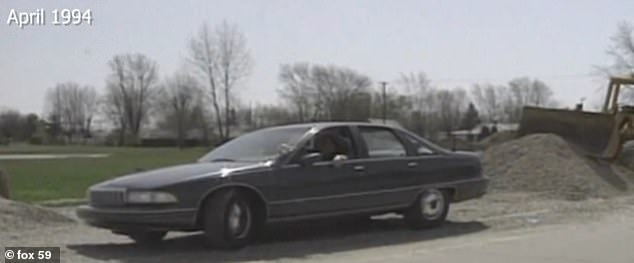
Unfortunately, investigators were unable to determine Larson’s level of involvement in Baby Hope’s violent death, and no criminal charges have been filed in the case to date due to Larson passing away in 2018
‘But we needed to share this information with the community, he added. ‘While we remain deeply saddened by the tragic and unjust loss of Baby Hope, we are grateful to finally achieve some degree of closure after 31 years.’
Johnson County Coroner Mike Pruitt acknowledged that while DNA is a crucial piece of the puzzle, there are still truths it cannot reveal – but the recent breakthrough offers a measure of closure for the community.
‘We still have open questions,’ Pruitt said, as reported by the outlet. ‘DNA is not going to answer those questions for us.’
‘If this stimulates any information, any thoughts that you can bring to law enforcement to help us bring complete closure to this case, that would be the biggest closing point.’












